The United States is home to a surprising variety of fauna that might just make you double-take. From creatures that look like they belong in the pages of a fantasy novel, to those that seem like they should be roaming the African savannah instead of the American backyard, the U.S. has its fair share of exotic-looking animals. Whether you’re a nature enthusiast, a curious traveler, or someone who just loves discovering new facts about the animal kingdom, we’ve got you covered.
1. The Majestic Pronghorn: Not Quite an Antelope
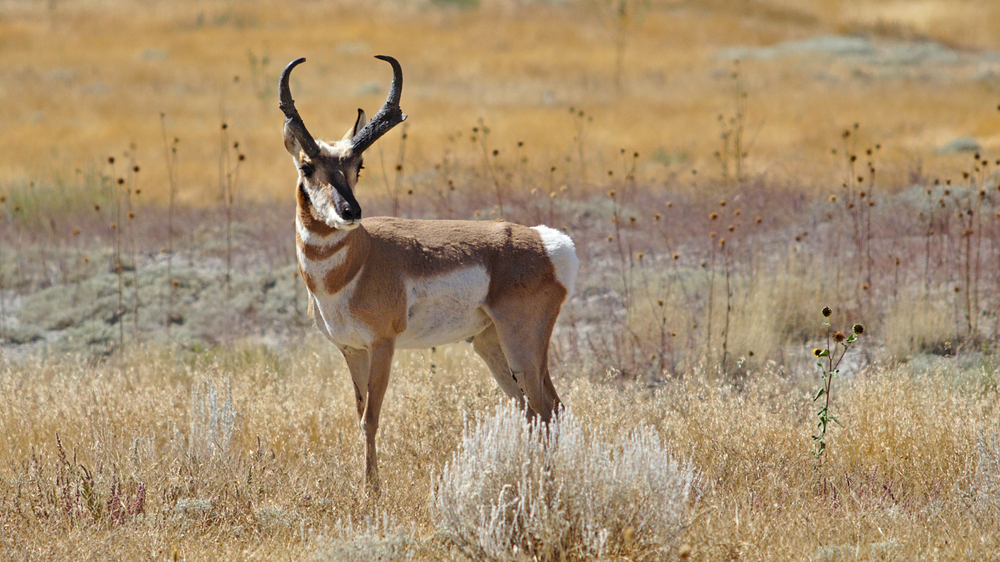
If you’ve ever driven through the expansive grasslands of the American West, you might have seen a pronghorn dart across the plains at breakneck speed. Often mistaken for antelope, these creatures are unique to North America and boast a lineage that dates back millions of years. With their striking horns and distinctive coloring, they look like something out of a wildlife documentary set in Africa. But pronghorns are uniquely American, thriving in the open spaces of states like Wyoming and Montana.
What’s fascinating about pronghorns is their speed and endurance. They’re the fastest land animals in the Western Hemisphere, able to maintain high speeds over long distances. This ability doesn’t just make them impressive athletes; it’s a crucial survival trait, enabling them to outrun predators. The next time you spot a pronghorn while on a road trip, take a moment to appreciate this truly extraordinary creature that calls America home.
2. Alligator Snapping Turtle: The Dinosaur-Like Resident
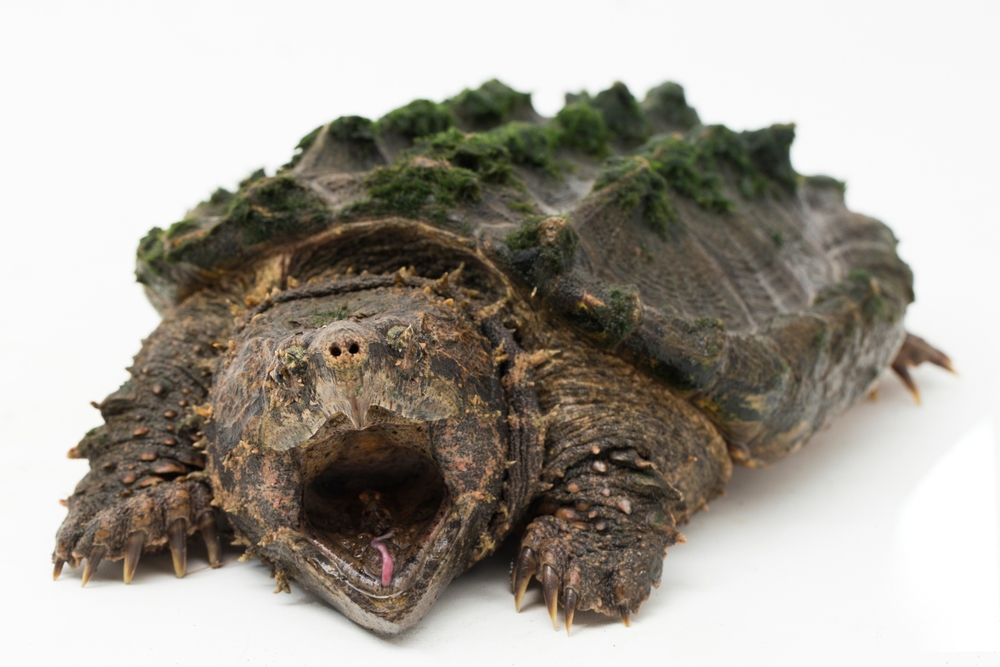
The alligator snapping turtle is a living relic of prehistoric times, and it looks every bit the part. Found mainly in the southeastern United States, this turtle is known for its powerful jaws and rugged, dinosaur-like appearance. With its spiky shell and a face that could easily belong to a creature from Jurassic Park, the alligator snapping turtle is both intimidating and fascinating. The Smithsonian Magazine says that these creatures can be found lurking in rivers and lakes, often lying motionless on the bottom until it ambushes its prey.
One of the most unique features of this turtle is its tongue, which it uses as a lure to attract fish. The tongue mimics a wriggling worm, drawing unsuspecting fish into the turtle’s lethal jaws. Despite its fearsome reputation, the alligator snapping turtle is a vital part of its ecosystem, helping control fish populations and contributing to the health of its aquatic environment. Encountering one in the wild is a reminder of nature’s incredible adaptability and evolution.
3. The American Bison: A Symbol of Strength and Survival
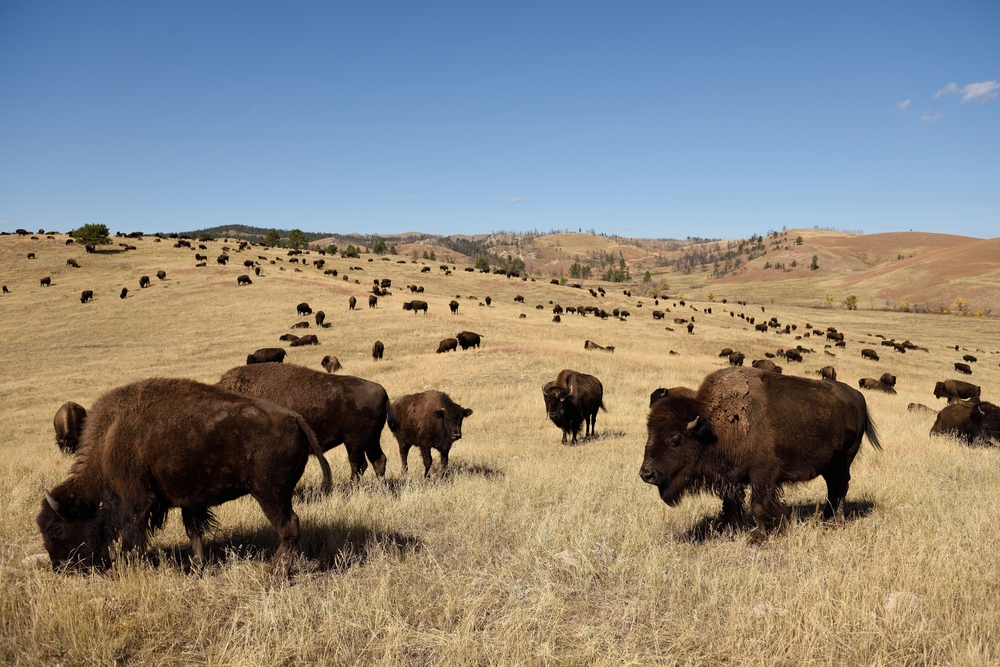
The American bison is more than just a massive, shaggy beast roaming the plains; it’s a symbol of the country’s wildlife heritage and resilience. National Park Service highlights that these iconic animals were once nearly driven to extinction but have made an incredible comeback, thanks to conservation efforts. Visiting Yellowstone or other national parks where bison roam freely is like stepping back in time to when millions of these majestic creatures thundered across the continent.
Bison are not just a sight to behold; they play a crucial role in shaping the ecosystem. As they graze, they help maintain the grassland and support biodiversity. Their presence impacts everything from the soil composition to the types of plants that can thrive in their habitats. Observing a herd of bison is not just about witnessing history—it’s about understanding the intricate web of life in which they are an essential thread.
4. The Armadillo: A Southern Oddity
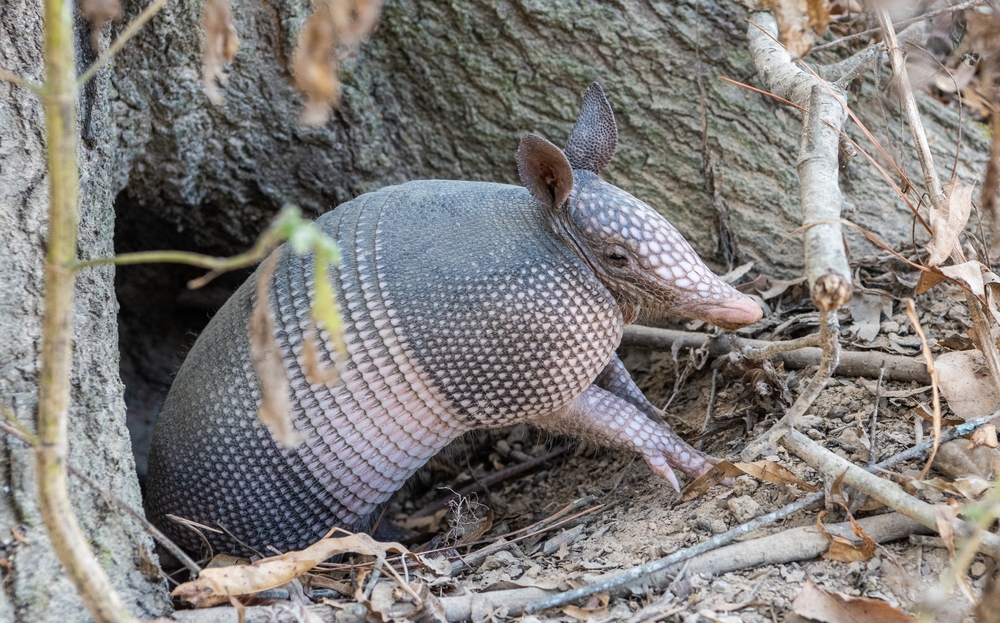
While typically associated with South America, the nine-banded armadillo has made itself quite at home in the southern United States. With its armor-like shell and penchant for digging, this peculiar mammal looks like it walked straight out of a medieval tale. The Tennessee Aquarium says that these nocturnal creatures are often spotted scurrying across roads in places like Texas and Florida, searching for insects and grubs.
Armadillos are fascinating not just for their appearance but also for their unique reproductive traits. They give birth to four genetically identical offspring, which is quite rare in the animal kingdom. Their hard shells provide protection against predators, but unfortunately, this defense mechanism is not as effective against cars. Despite the challenges they face, armadillos continue to thrive, adapting to a range of environments from deserts to forests.
5. The Ringtail: A Nighttime Acrobat
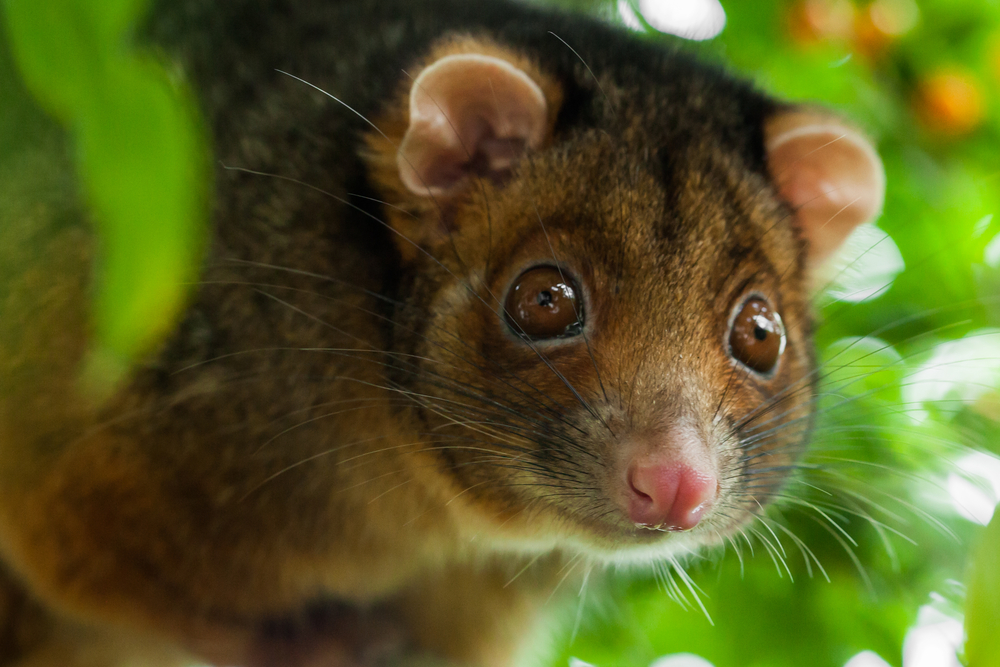
The ringtail, often called the miner’s cat, is a nocturnal marvel of the American Southwest. With its bushy tail, sharp eyes, and cat-like agility, the ringtail is perfectly adapted to its rocky desert environment. These small, agile mammals are excellent climbers, using their long tails for balance as they navigate the rugged terrain.
Ringtails are solitary creatures, often going unnoticed as they hunt for rodents, birds, and insects under the cover of darkness. Their large eyes and acute sense of hearing make them superb night hunters. Despite their elusive nature, ringtails play an important role in controlling pest populations. Spotting one in the wild is a rare treat, offering a glimpse into the secretive world of nocturnal wildlife.
6. The Manatee: Gentle Giants of the Waterways
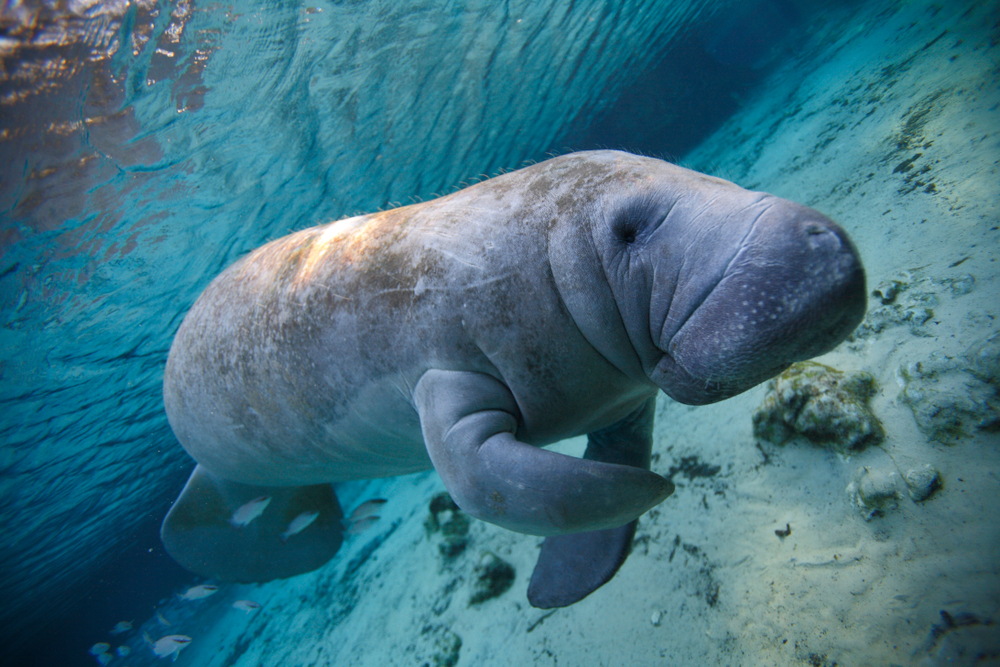
Manatees, also known as sea cows, are large, gentle, aquatic mammals that grace the warm waters of Florida and other southeastern states. With their slow-moving, serene nature, they seem more at home in a tropical paradise than the U.S. coastlines. Manatees spend their days grazing on aquatic vegetation and are often seen lounging near the surface, taking in air.
Despite their size, manatees are surprisingly graceful swimmers. Their presence in freshwater springs, estuaries, and coastal areas plays an important role in maintaining healthy aquatic ecosystems. Manatees are a beloved symbol of conservation, and efforts to protect them have led to increased awareness of environmental issues. Seeing these gentle giants gliding through the water is a reminder of the diverse and unexpected wildlife that calls America home.
7. The Spectacular Whooping Crane: A Conservation Success Story
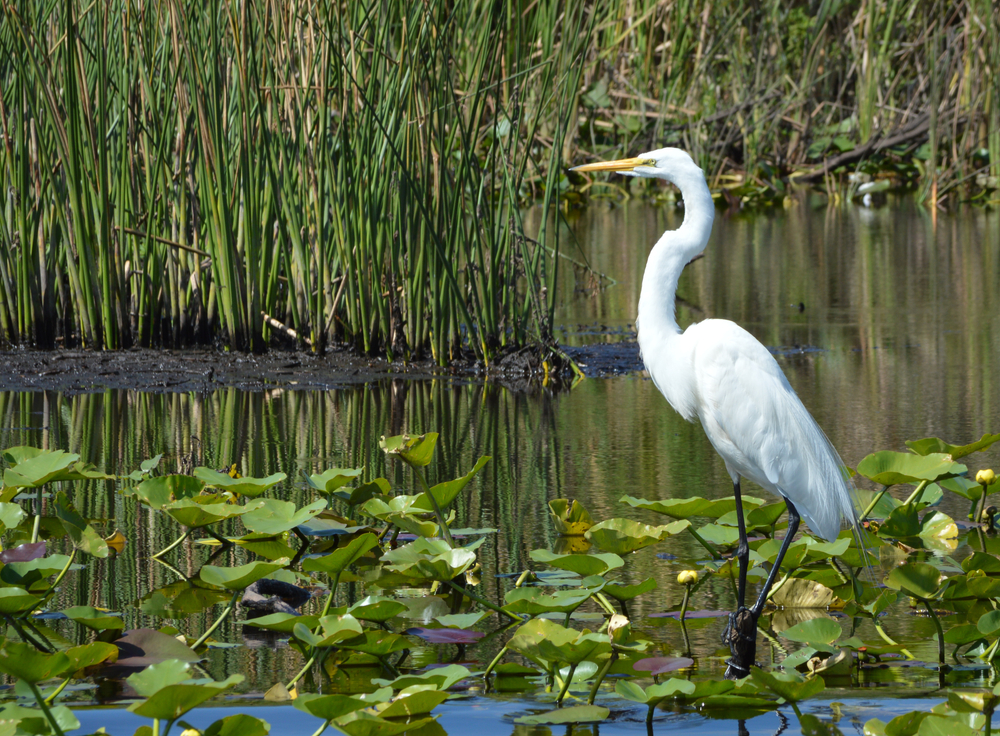
The whooping crane is one of North America’s most endangered and tallest birds, known for its impressive stature and grace. With a striking white plumage and a wingspan that can reach over seven feet, these birds are a sight to behold. Once on the brink of extinction, whooping cranes have made a remarkable recovery, thanks to dedicated conservation efforts.
Their incredible migration journey spans thousands of miles, from Canada to the Gulf Coast, offering a stunning spectacle for bird watchers. Whooping cranes are a testament to the power of conservation and the resilience of wildlife. Spotting one in the wild is not just about witnessing a rare bird; it’s about seeing a living testament to the success of human efforts in preserving nature’s wonders.
8. The Gila Monster: The Venomous Beauty
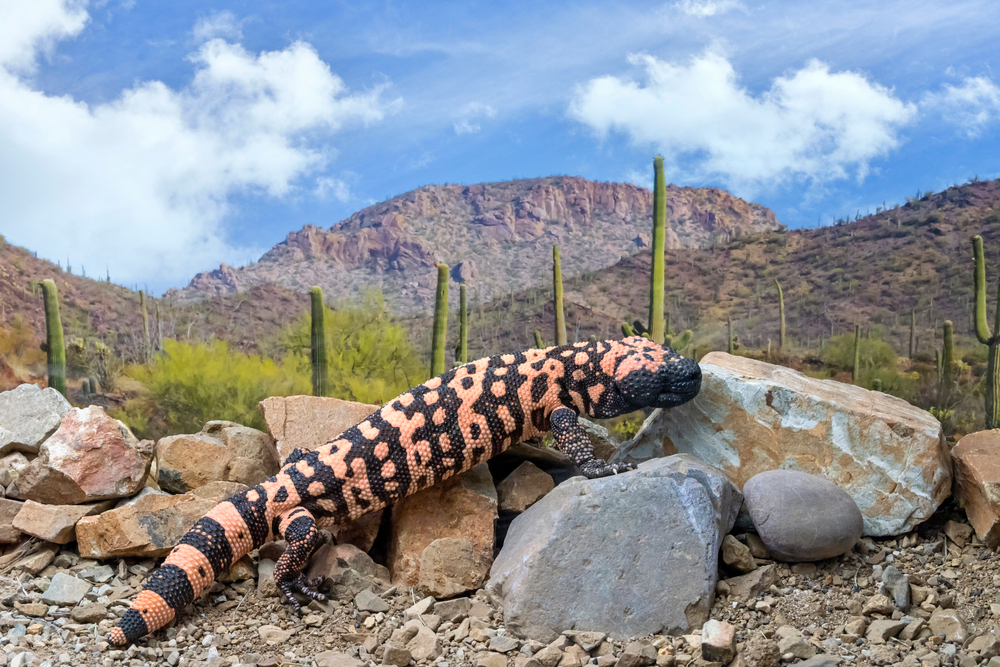
Gila monsters are one of the few venomous lizards in the world, and they call the arid landscapes of the southwestern U.S. home. With their colorful, beaded skin and lumbering gait, these lizards are as beautiful as they are intriguing. Despite their fearsome name and venomous bite, Gila monsters are relatively slow and pose little threat to humans.
Their venom is used to capture prey, mainly small mammals and birds. Gila monsters can go for months without food, thanks to their ability to store fat in their tails. These lizards are a perfect example of adaptation to harsh desert environments, and their presence is an indication of the unique biodiversity found in American deserts. Observing a Gila monster in its natural habitat is a reminder of the beauty and complexity of desert life.
9. The Florida Panther: The Elusive Big Cat
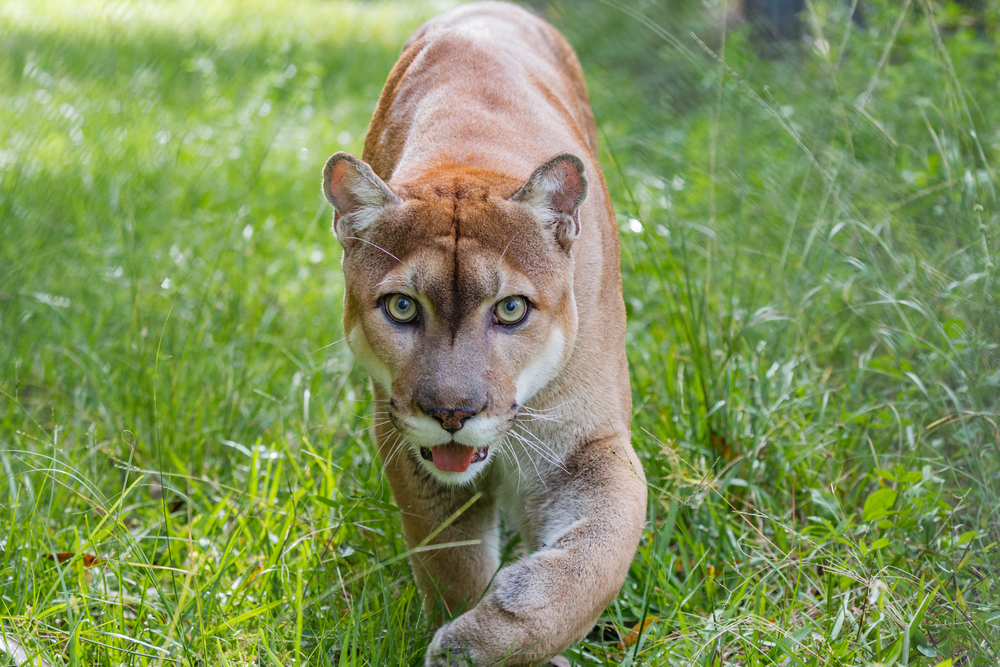
The Florida panther, a rare subspecies of the cougar, prowls the swamps and forests of southern Florida. Known for its tawny coat and piercing eyes, this big cat is an apex predator in its habitat. The Florida panther’s presence is a crucial indicator of the health of its ecosystem, and efforts to protect it have highlighted the importance of wildlife corridors and habitat preservation.
Despite its beauty and ecological significance, the Florida panther faces numerous threats, including habitat loss and vehicle collisions. Conservationists are working tirelessly to ensure this magnificent animal’s survival, making it a symbol of the broader struggle to protect endangered species. Encountering a Florida panther in the wild is a rare and awe-inspiring experience, emblematic of the untamed beauty that still exists in America’s wilderness.
10. The Red Wolf: A Ghost of the Wild
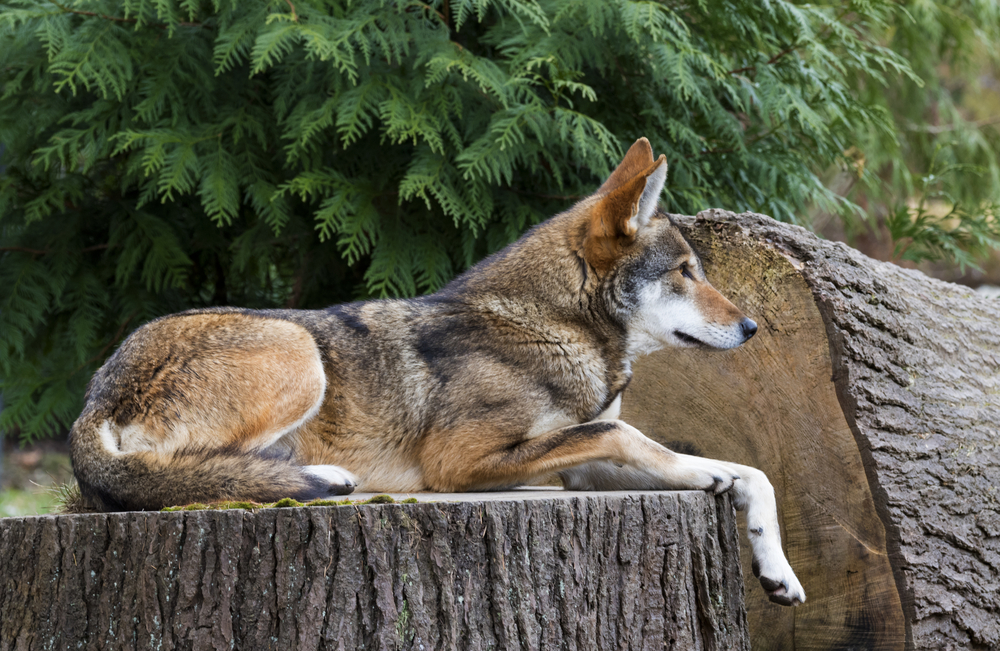
The red wolf, once native to much of the southeastern United States, has become a symbol of the struggle to conserve America’s wildlife. With its reddish-brown coat and lanky build, the red wolf stands out from its gray counterparts. These elusive predators were nearly wiped out by habitat loss and hunting, but concerted efforts have brought them back from the brink.
Today, the red wolf’s range is limited, but reintroduction programs have seen some success. These wolves are critical to maintaining balanced ecosystems, controlling prey populations, and supporting biodiversity. The red wolf’s story is a testament to the ongoing battle for wildlife conservation and the importance of preserving natural habitats. Observing a red wolf is a rare opportunity to witness a piece of America’s natural heritage and to appreciate the efforts made to ensure its survival.
